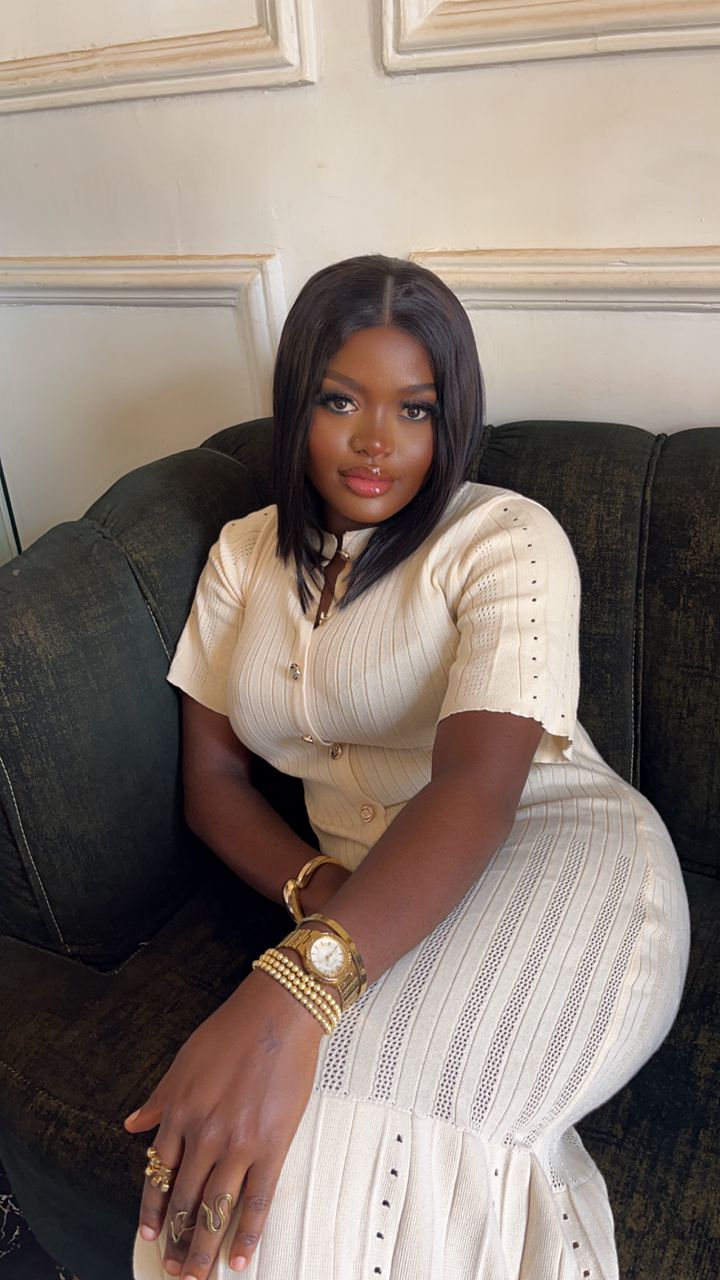Web Development Class Assignment
Post Graduate Diploma (PGD) - Redeemer's University
Academic Session 2024/2025
1. Our Class Students
Here are all the students in our web development class:
| Photo | Student Name | Student ID | Status |
|---|---|---|---|
 TA
TA
|
Temitope Adebayo | CMP/RUN/24/17876 | Active |
 WT
WT
|
Williams Taiye | CMP/RUN/24/17878 | Active |
 AO
AO
|
Aladeji Oluwatemitayo | CMP/RUN/24/18164 | Active |
 OC
OC
|
Opelami Caleb | CMP/RUN/24/18174 | Active |
 TI
TI
|
Taiwo Ife | CMP/RUN/24/18196 | Active |
 FO
FO
|
Fafiyebi Oluwakayode | CMP/RUN/24/18200 | Active |
 WK
WK
|
Williams Kehinde | CMP/RUN/24/18202 | Active |
 AA
AA
|
Akingbade Aishat | CMP/RUN/24/18205 | Active |
2. Difference Between Internet and Web
Many people think Internet and Web are the same thing, but they are different:
| Internet | World Wide Web (WWW) |
|---|---|
| It is the big network that connects all computers in the world | It is websites and web pages that we see on browsers |
| Started in 1960s | Started in 1989 by Tim Berners-Lee |
| Uses TCP/IP to work | Uses HTTP to work |
| Has email, games, file sharing | Has websites, web pages, blogs |
| It is like the road system | It is like the cars that use the roads |
Simple explanation: Internet is like electricity, and Web is like your TV that uses electricity.
3. History of Internet
How the Internet started and grew:
1962
A man called J.C.R. Licklider had an idea to connect computers together.
1969
ARPANET was created. Only 4 computers were connected at first.
1971
First email was sent. The @ symbol was used for the first time in email addresses.
1983
TCP/IP was created. This helped different networks talk to each other.
1991
World Wide Web was created by Tim Berners-Lee. This made Internet easy for everyone to use.
1993
First web browser with pictures was made. Called Mosaic.
2000s
Fast Internet (broadband) became popular. People could watch videos online.
2007-Today
Smartphones made Internet portable. Now everyone has Internet in their pocket.
4. History of HTML
HTML means HyperText Markup Language. It is used to make web pages:
1989
Tim Berners-Lee thought of HTML idea.
1991
HTML 1.0 - First version with basic tags like <h1>, <p>, <a>
1995
HTML 2.0 - Added forms and tables
1997
HTML 3.2 - Better tables and images
1999
HTML 4.01 - Added CSS support and better forms
2014
HTML5 - Current version with video, audio, and mobile support
HTML Tags we use today:
- <html> - starts the page
- <head> - page information
- <body> - page content
- <h1> - big heading
- <p> - paragraph
- <img> - picture
- <a> - link
5. CSS Styling in HTML
CSS means Cascading Style Sheets. It makes HTML look pretty!
What CSS does:
- Changes colors
- Changes fonts
- Changes sizes
- Makes layouts
3 Ways to use CSS:
1. Inline CSS (inside HTML tag):
2. Internal CSS (in the head section):
p { color: red; }
</style>
3. External CSS (separate file):
CSS Selectors:
- Element: p { color: red; } - changes all paragraphs
- Class: .myclass { color: blue; } - changes elements with class="myclass"
- ID: #myid { color: green; } - changes element with id="myid"
6. History of JavaScript
JavaScript makes websites interactive and fun:
1995
Brendan Eich created JavaScript in 10 days at Netscape company.
1997
JavaScript became a standard (ECMAScript).
2005
AJAX was invented. Websites could update without refreshing.
2009
Node.js was created. Now JavaScript can run on servers too.
2015
ES6 added many new features like arrow functions and classes.
Today
JavaScript is everywhere - websites, mobile apps, desktop apps.
What JavaScript can do:
- Make buttons work
- Show and hide things
- Check forms
- Make animations
- Make games
7. Number Guessing Game
Guess 5 Numbers Game!
I will think of 5 secret numbers between 0 and 20. Try to guess them!
Enter your 5 guesses: